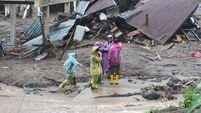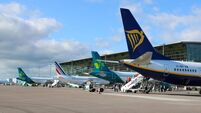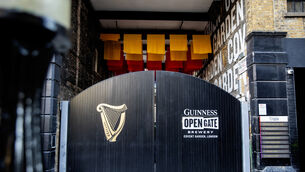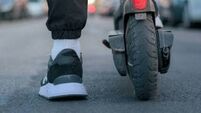Superjumbo takes off for maiden flight
The Airbus’ A380, the world’s largest passenger plane, took off successfully on its maiden flight today, a milestone for aviation and for the European aircraft-maker’s battle with American rival Boeing.
The giant plane’s four engines hauled its double-decked fuselage aloft from a runway in Blagnac, southwest France.
















